Snowmelt Season: How Runoff Impacts Freshwater Fishing
As winter’s icy grip loosens and temperatures begin to rise, a remarkable annual phenomenon unfolds across mountainous and northern regions: snowmelt. This seasonal transition transforms frozen precipitation into flowing water, dramatically altering river systems, lake levels, and the behavior of fish populations. For anglers, understanding snowmelt runoff isn’t just academic—it’s essential knowledge that can make the difference between a frustrating day on the water and a memorable fishing experience. Snowmelt season presents both challenges and opportunities for freshwater fishing, influencing everything from water clarity and temperature to fish feeding patterns and habitat accessibility. This natural cycle, while predictable in its general timing, varies significantly in intensity from year to year, creating a dynamic puzzle that successful anglers must continually solve.
The Science Behind Snowmelt Runoff

Snowmelt runoff occurs when accumulated snow transitions from solid to liquid state as temperatures rise consistently above freezing. Unlike rainfall, which creates immediate runoff, snowmelt is a gradual process influenced by multiple variables including snow depth, density, air temperature, solar radiation, and elevation. The water released during snowmelt doesn’t simply flow downhill—it interacts with soil, vegetation, and underlying geology, picking up dissolved minerals, nutrients, and sometimes pollutants along the way. In many watersheds, snowmelt provides up to 75% of annual water flow, making it the single most significant hydrological event of the year. This massive water contribution creates a distinct seasonal pulse that freshwater ecosystems have evolved to anticipate and utilize, triggering numerous biological processes including fish spawning migrations.
Timing and Duration of Snowmelt Season
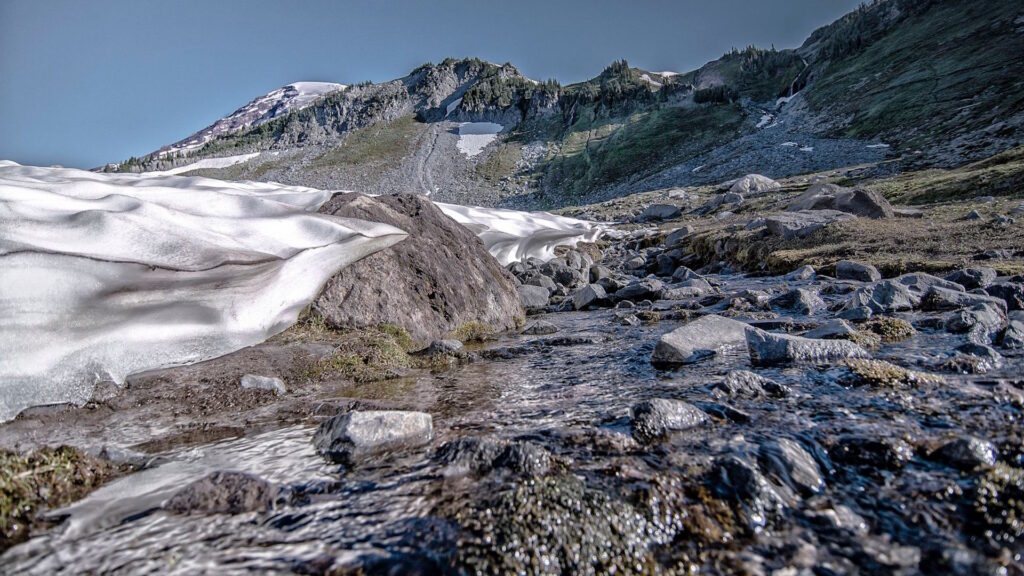
While commonly associated with spring, snowmelt timing varies dramatically based on geographic location, elevation, and annual climate conditions. In lower elevations and southern regions, snowmelt may begin as early as February, while high mountain areas might not experience significant melting until May or even June. The duration of runoff season depends primarily on snowpack depth and temperature patterns—a deep snowpack with gradual warming produces a longer, more moderate runoff period, while shallow snow combined with rapid warming creates a shorter, more intense pulse. Climate change has increasingly disrupted traditional snowmelt patterns, with many regions experiencing earlier melting, reduced snowpack, and more erratic runoff events. Historical data shows that in some western watersheds, peak snowmelt now occurs up to three weeks earlier than it did in the 1950s, forcing both fish and anglers to adapt to new seasonal rhythms.
Physical Changes to Waterways During Runoff
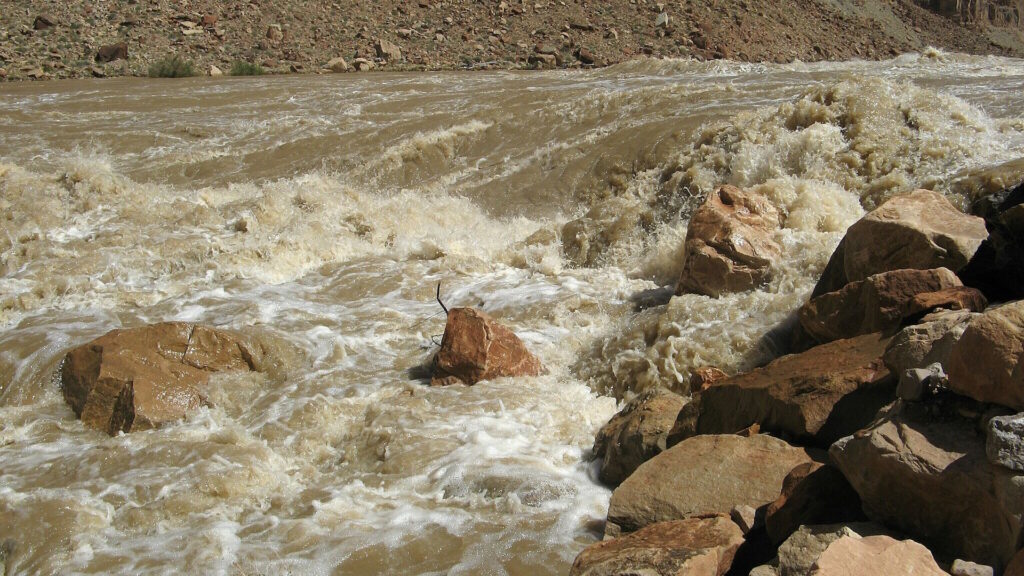
During peak snowmelt, waterways undergo dramatic physical transformations that fundamentally alter fishing conditions. Water levels rise significantly, sometimes by several feet, submerging normally exposed banks and changing river channel configurations. Water velocity increases substantially, creating powerful currents in previously gentle sections and potentially dangerous hydraulics in constricted areas. The color and clarity of water typically shift from clear to turbid as increased flow stirs up sediment and carries organic material downstream. Water temperature initially drops as cold meltwater enters the system, though this effect varies by waterway size and distance from the snow source. These physical changes effectively create a different fishing environment than what exists during normal flows, requiring anglers to adjust their expectations and approaches accordingly.
Impact on Water Temperature and Clarity
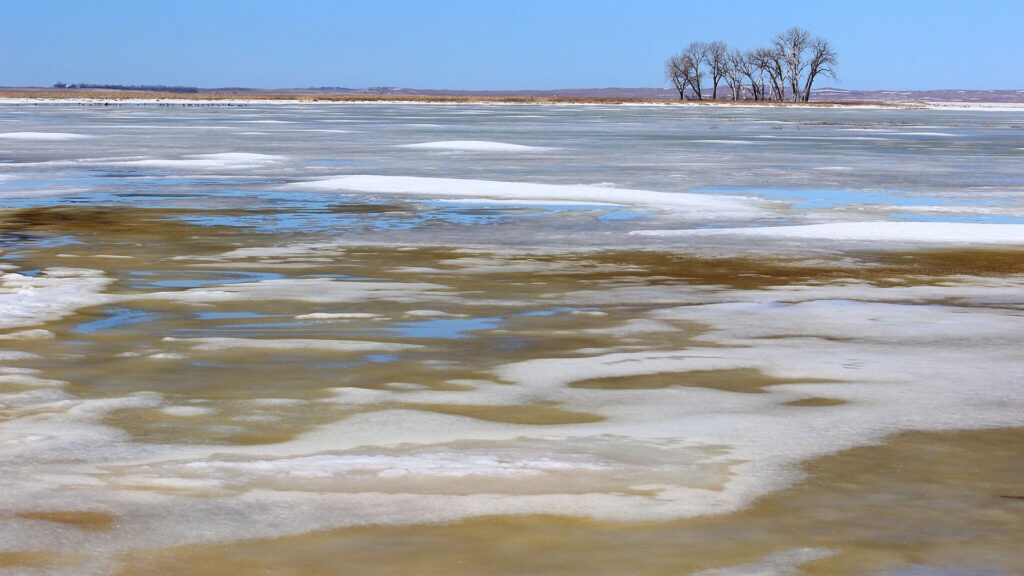
Snowmelt runoff creates a double challenge for anglers by simultaneously affecting two critical fishing factors: water temperature and clarity. The influx of cold meltwater can temporarily decrease water temperatures by 5-10°F, pushing them below optimal feeding ranges for many sport fish species and slowing their metabolism and activity levels. Clarity issues arise as the increased water volume and velocity stir up bottom sediments and wash in material from shorelines, reducing underwater visibility from several feet to mere inches in heavily affected areas. The severity of these impacts follows a predictable pattern, with small streams closest to snowmelt sources experiencing the most dramatic effects, while larger rivers and lakes further downstream benefit from settling and dilution processes. Interestingly, these apparently negative conditions can sometimes concentrate fish in specific areas where they find relief from the main current or slightly warmer water temperatures.
Fish Behavior During High Runoff Periods
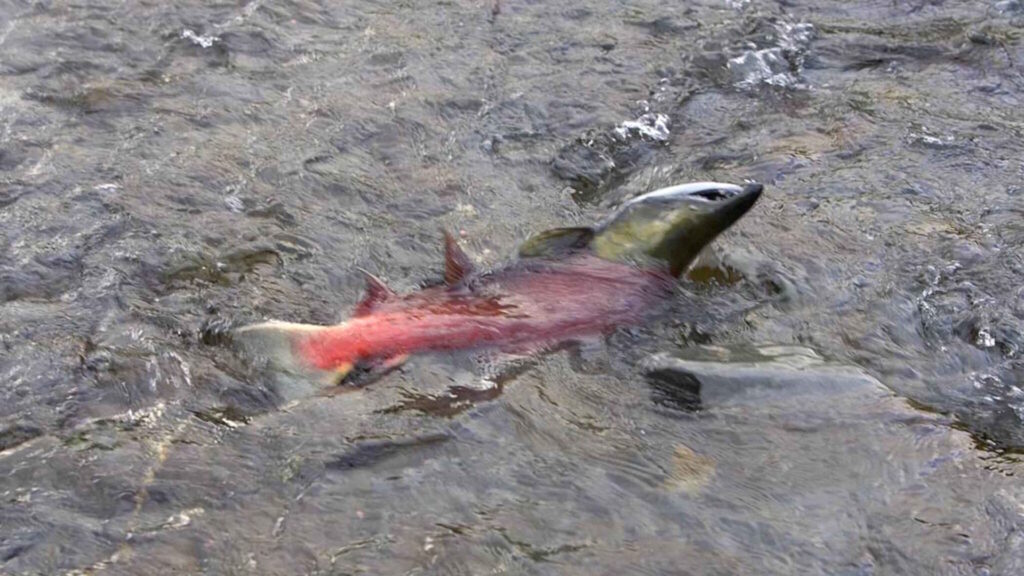
Fish respond to snowmelt conditions with adaptive behavioral strategies that have evolved over thousands of years. When confronted with high, cold, turbid flows, most fish species seek physical refuge by moving to slower water along margins, behind obstacles, in side channels, or in deeper pools where they can hold position with minimal energy expenditure. Feeding patterns typically shift from visual hunting to more opportunistic strategies relying on scent, vibration detection, and interception of drifting food items. Many species reduce their overall feeding activity during peak runoff, focusing instead on energy conservation until conditions improve. However, this general pattern has important exceptions—some species, particularly spring spawners like rainbow trout and cutthroat trout, are genetically programmed to become more active during high water periods as these conditions trigger their reproductive cycles and provide access to normally unreachable spawning habitat.
Species-Specific Responses to Snowmelt

Different fish species react to snowmelt conditions in ways that reflect their evolutionary adaptations and life history strategies. Cold-water species like trout and salmon generally tolerate runoff conditions better than warm-water species like bass or panfish, though even they have their limits. Brown trout often become particularly selective during runoff, moving to protected areas and feeding primarily during brief windows when conditions moderate. Rainbow trout, especially wild populations, frequently use high water as migration cues, moving upstream to spawn in tributaries that are only accessible during elevated flows. Warm-water species typically become lethargic during cold runoff periods, concentrating in backwaters, protected coves, or deeper water where temperature drops are less pronounced. Pike and other predatory species may temporarily increase feeding activity as prey fish become disoriented or concentrated by changing conditions, creating brief but exceptional fishing opportunities for anglers who understand these patterns.
Snowmelt’s Role in Fish Reproduction Cycles
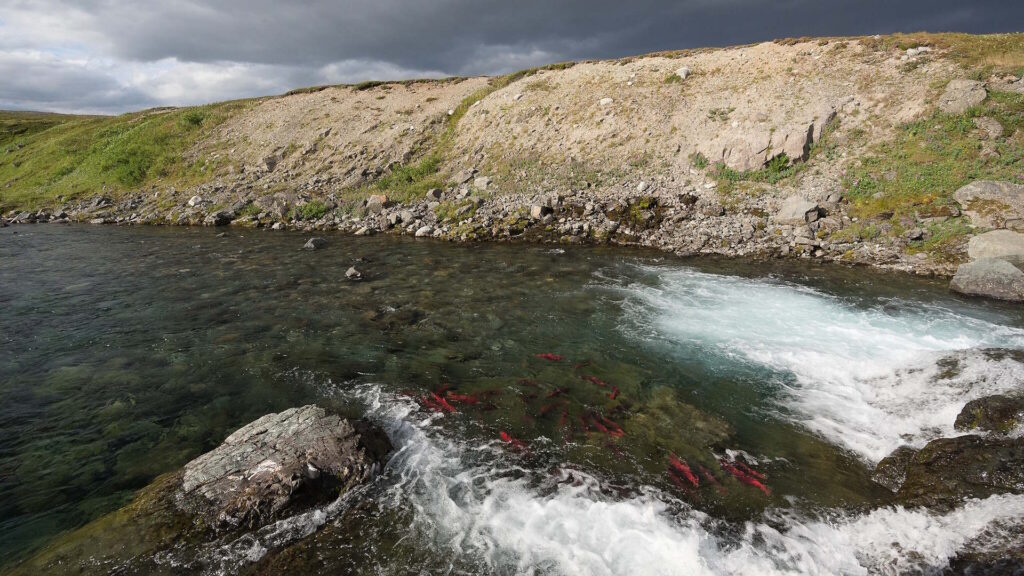
For many freshwater fish species, snowmelt isn’t just a seasonal challenge—it’s a critical reproductive trigger that synchronizes spawning with optimal environmental conditions. The increased flows from melting snow provide migratory pathways to spawning grounds that may be inaccessible during normal water levels. This is particularly evident in cutthroat trout, steelhead, and certain salmon species that time their reproductive activities to coincide with spring runoff. The influx of nutrient-rich meltwater stimulates aquatic insect hatches and plankton blooms that will later feed emerging fry, creating a natural calendar that maximizes survival chances for the next generation. Research has demonstrated that fish populations in snowmelt-dominated watersheds show genetic adaptations to these cycles, with egg development timing precisely calibrated to local runoff patterns. This biological dependence makes many fish populations particularly vulnerable to climate change impacts that alter traditional snowmelt timing and intensity.
Fishing Strategies During Early Runoff

The initial phase of snowmelt season requires specific tactical adjustments for successful fishing. As water levels begin rising but before peak turbidity sets in, targeting transition zones where rising water creates new feeding opportunities can be particularly effective. Fishing along newly submerged banks where terrestrial insects and worms are being washed into the water often produces results when other approaches fail. Slowing down presentations is essential during this period, as cold water temperatures reduce fish metabolism and their willingness to chase fast-moving lures or flies. Using larger, more visible or scent-producing baits helps overcome the reduced visibility conditions, while fishing during the warmest part of the day—typically mid-afternoon—takes advantage of slightly elevated water temperatures that increase fish activity. Early runoff also offers the advantage of predictability, as fish are often still using their pre-runoff holding areas but beginning to shift toward protective locations.
Techniques for Peak Runoff Conditions
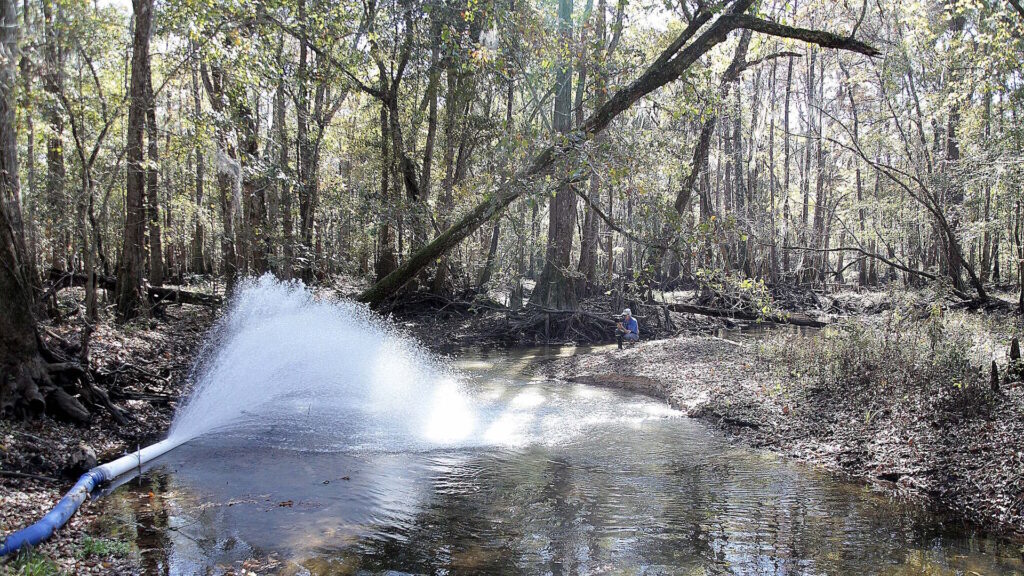
During maximum snowmelt flow, successful fishing demands specialized approaches that account for extreme conditions. The fundamental strategy shifts from covering water to precisely targeting the limited areas where fish can comfortably hold against powerful currents. Focus on inside bends, back eddies, submerged structure, and the seams between fast and slow water where fish can rest while having access to drifting food items. Heavier tackle becomes necessary—using weighted lures, split shot, or sinking lines to get offerings down to fish holding near the bottom in deeper water. Bright-colored or contrast-rich lures improve visibility in turbid conditions, while larger profiles create more vibration that fish can detect through their lateral lines when they can’t see well. Safety considerations become paramount during peak runoff, with wading often dangerous or impossible, making shore fishing or fishing from boats in calmer sections the preferred approach for most anglers.
Late Runoff Period Opportunities
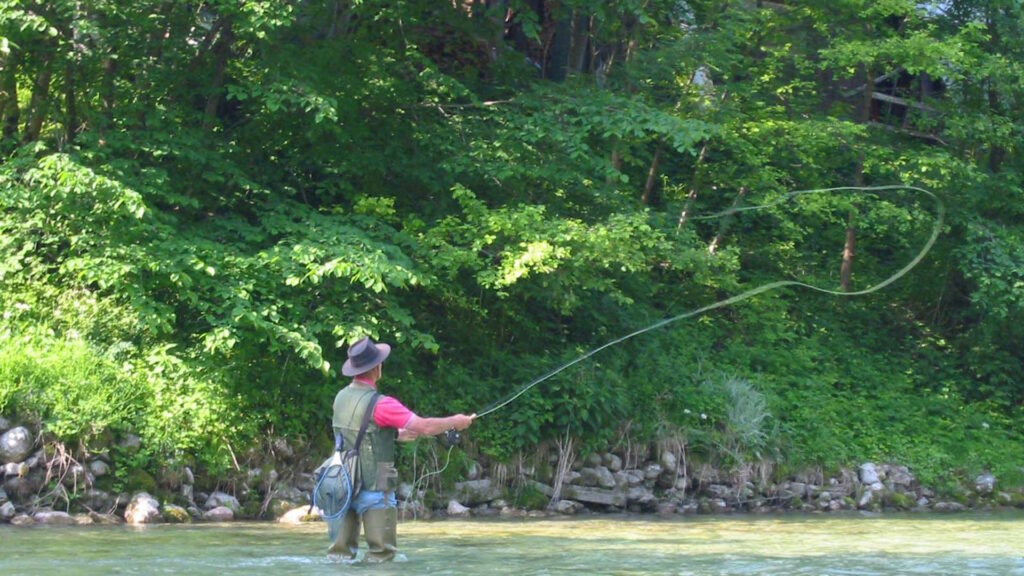
As snowmelt runoff begins to subside, a prime fishing window often opens before summer conditions fully establish. This transitional period combines moderating water levels with improving clarity while temperatures remain cool enough for optimal fish activity. Fish that have been conserving energy during peak flows often begin feeding aggressively to replenish depleted reserves, creating exceptional catch opportunities. Aquatic insect hatches frequently synchronize with this late runoff phase, particularly caddis and stonefly emergences that can trigger spectacular feeding activity. The receding water concentrates fish back into main channels from their high-water refuges, making them more predictable and accessible to anglers. This period also offers a practical advantage—wading becomes safer as flows decrease, allowing access to productive midstream positions that were impossible during higher water, though anglers should remain cautious as streambed configurations may have changed significantly during peak flows.
Lake Fishing Considerations During Snowmelt
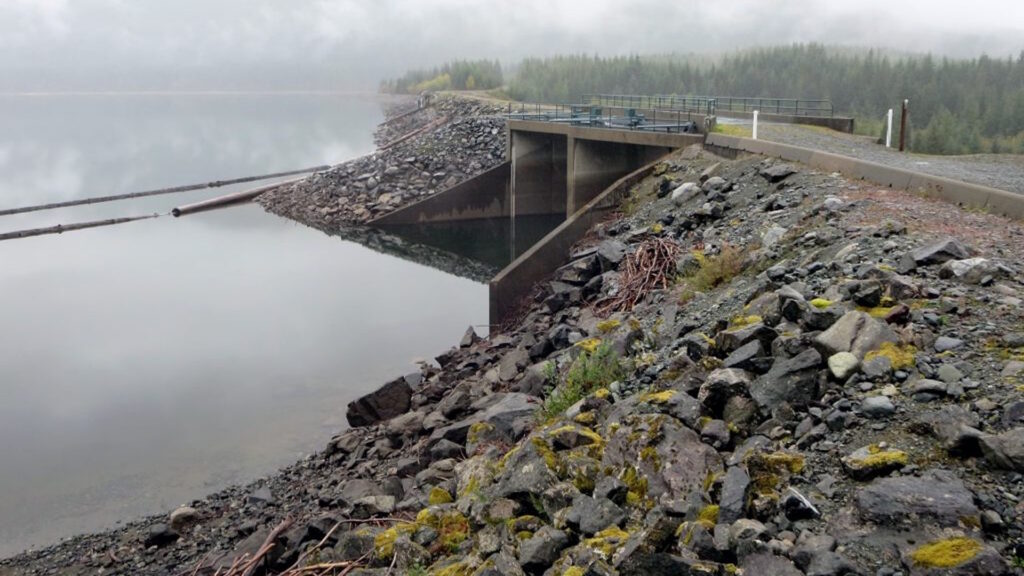
Lakes and reservoirs experience snowmelt effects differently than rivers, creating distinct seasonal patterns for still-water anglers. The primary impact comes from tributary streams carrying cold, sometimes turbid water into the lake, creating temperature gradients and clarity differences that influence fish distribution. Fish often concentrate near these inflows to feed on nutrients and food items washed into the lake, though the exact positioning depends on water temperature and clarity conditions. In lakes with significant elevation changes, snowmelt may create a “bathtub ring” effect where the rising water level gives fish access to previously dry shoreline areas rich in terrestrial food sources. Reservoir levels can rise dramatically during runoff, flooding shoreline vegetation and creating excellent cover for both predator and prey species. The timing of lake turnover—the seasonal mixing of water layers—sometimes coincides with snowmelt season in higher elevation lakes, temporarily disrupting established patterns but ultimately refreshing the ecosystem.
Regional Variations in Snowmelt Impacts
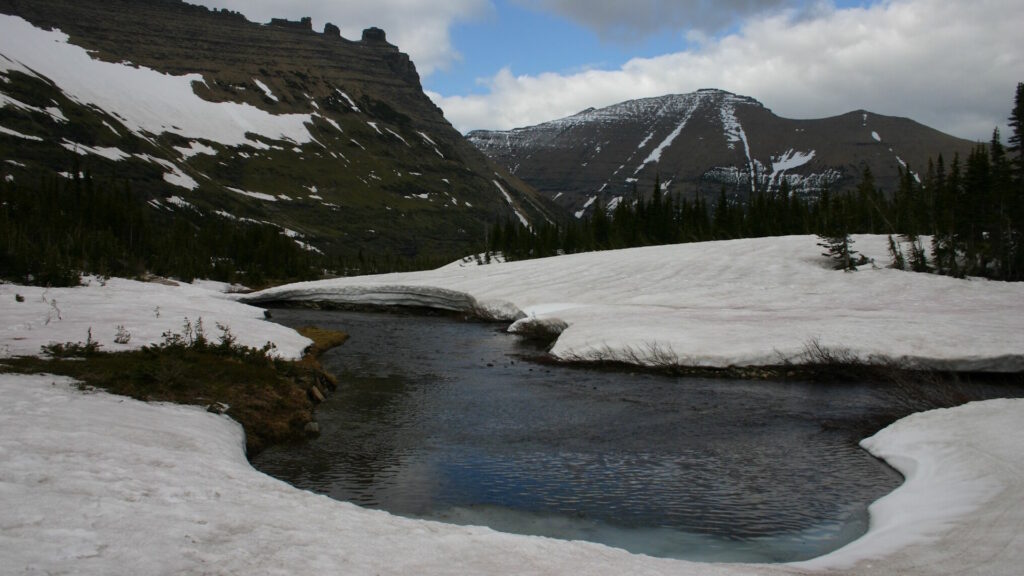
The influence of snowmelt on fishing conditions varies dramatically across different geographic regions based on climate patterns, topography, and water system characteristics. In the Rocky Mountain region, snowmelt typically creates a prolonged high-water period with significant turbidity in freestone rivers, while tailwater systems below dams experience moderated effects due to controlled releases. The Pacific Northwest experiences a complex snowmelt pattern with rain-on-snow events that can create sudden, dramatic runoff pulses affecting both resident and anadromous fish species. Northeastern states generally see earlier, less dramatic snowmelt impacts, though spring freshets still significantly influence fishing conditions in smaller streams. The Upper Midwest experiences lake and river systems dominated by the timing of ice-out combined with snowmelt, creating a distinct seasonal progression. Each region’s fish populations have evolved strategies specific to local conditions, requiring anglers to develop area-specific knowledge rather than applying one-size-fits-all approaches to snowmelt fishing.
Climate Change and Shifting Snowmelt Patterns

Climate change is fundamentally altering historical snowmelt patterns across North America, creating new challenges for fish populations and anglers alike. Research indicates that in many regions, peak snowmelt is occurring 1-4 weeks earlier than historical averages, disrupting synchronized timing between fish spawning and optimal fry emergence conditions. Winter precipitation increasingly falls as rain rather than snow in middle elevations, reducing spring snowpack and creating more irregular runoff patterns with multiple smaller peaks rather than one defined snowmelt season. These changes can stress fish populations by altering water temperature regimes, reducing summer flows as snowpack diminishes, and potentially misaligning life cycles with food availability. Forward-thinking fisheries managers are implementing adaptive strategies including modified dam release schedules, habitat improvement projects focused on temperature resilience, and in some cases, adjusting fishing regulations to protect vulnerable populations during critical periods affected by changing snowmelt dynamics.
Ecological Benefits of Natural Snowmelt Cycles

Despite the challenges snowmelt presents to anglers, these natural hydrological cycles provide crucial ecological services that sustain healthy fisheries. The scouring effect of high flows cleans spawning gravels by removing fine sediments that would otherwise reduce egg survival rates in many species. Periodic flooding connects rivers with their floodplains, creating temporary wetlands that serve as critical nursery habitat for juvenile fish and generating nutrient exchanges that boost overall ecosystem productivity. The annual pulse of snowmelt delivers essential nutrients from terrestrial sources into aquatic systems, supporting the base of the food web that ultimately sustains game fish populations. Research has demonstrated that watersheds with natural flow regimes including undisturbed snowmelt cycles typically support more diverse and resilient fish communities than highly regulated systems. Conservation efforts increasingly focus on preserving or mimicking these natural cycles even in managed watersheds, recognizing their fundamental importance to long-term fishery health.
Preparing for Successful Snowmelt Season Fishing

Anglers who consistently succeed during snowmelt season approach it with specific preparation strategies that account for the unique challenges of this period. Monitoring water conditions becomes essential—utilizing USGS stream gauges, watershed reports, and even contacting local fly shops for real-time information on flows, clarity, and fishing success. Equipment adjustments include having heavier tackle available, using shorter leaders in turbid conditions, and carrying a diverse selection of larger, more visible lures and flies. Safety preparation takes greater importance, with consideration for higher water levels, stronger currents, and potentially dangerous wading conditions requiring appropriate footwear, wading staffs, and sometimes personal flotation devices. Mental preparation may be the most important element—successful snowmelt anglers approach this season with realistic expectations, patience, and flexibility, understanding that catching fewer but often larger fish is the typical pattern during this challenging but rewarding time of year.
Conclusion
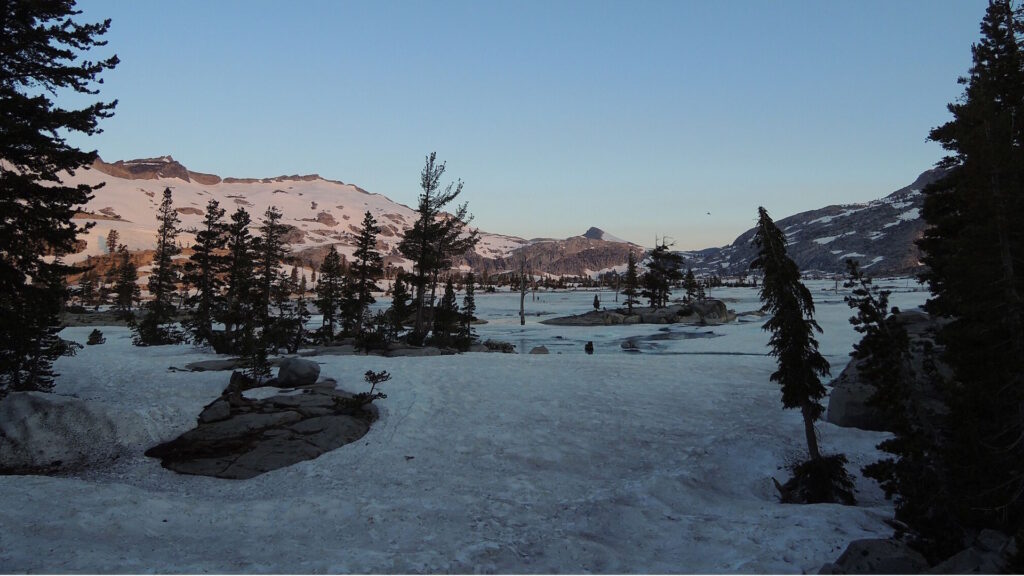
Snowmelt season represents nature’s annual reset button for freshwater ecosystems, influencing every aspect of fish behavior and habitat. For anglers willing to adapt their approaches and expectations, this dynamic period offers unique fishing opportunities alongside deepened understanding of the natural cycles that sustain our fisheries. By recognizing how different species respond to changing conditions, adjusting techniques accordingly, and prioritizing safety during high water periods, fishermen can successfully navigate the challenges of runoff season. As climate change continues to alter traditional snowmelt patterns, this knowledge becomes even more valuable, allowing anglers to adapt alongside the fish populations they pursue. Ultimately, the angler who embraces snowmelt season—rather than avoiding it—gains not just fishing success but a more profound connection to the water-driven rhythms that have shaped our freshwater ecosystems for millennia.
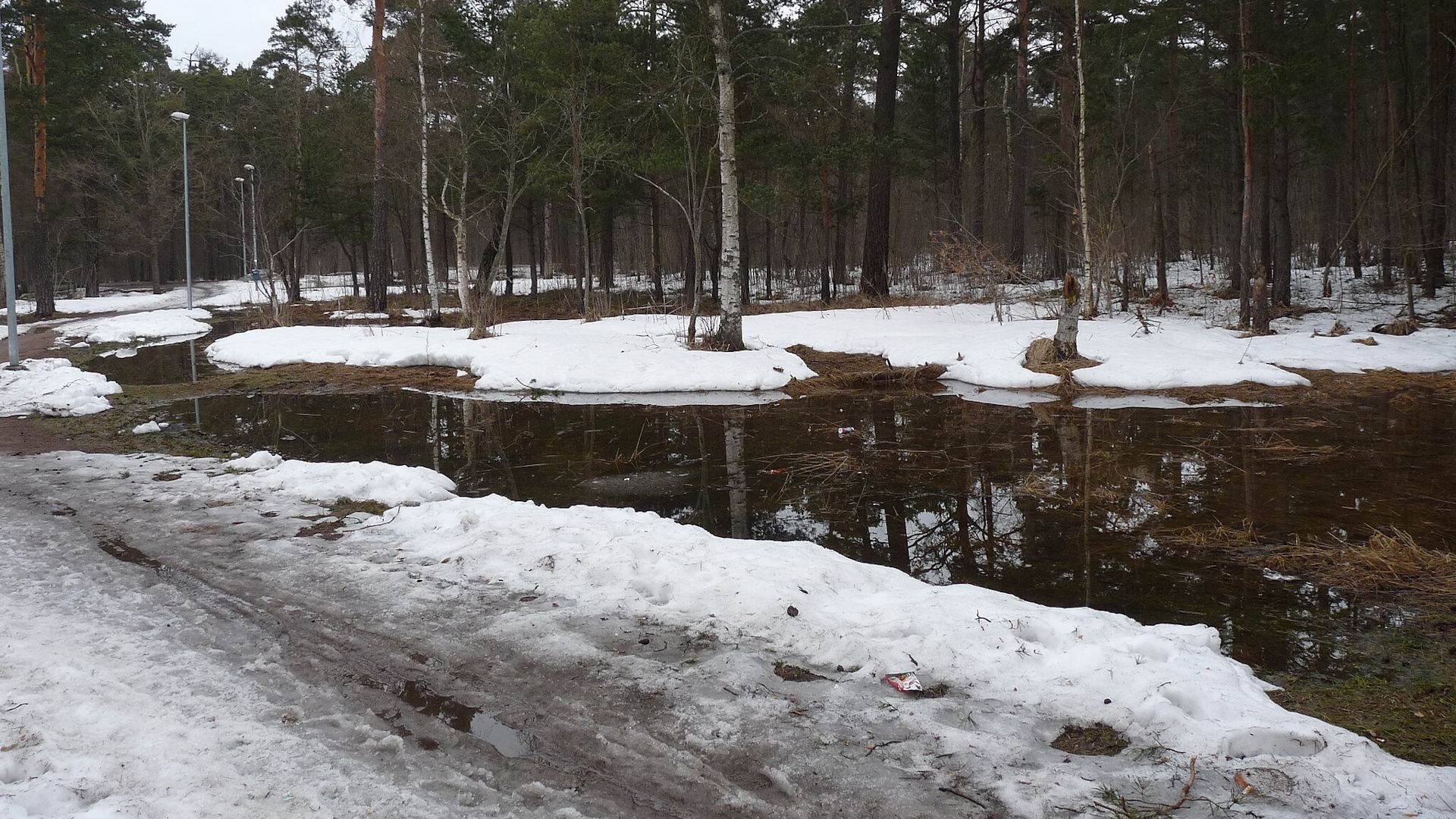

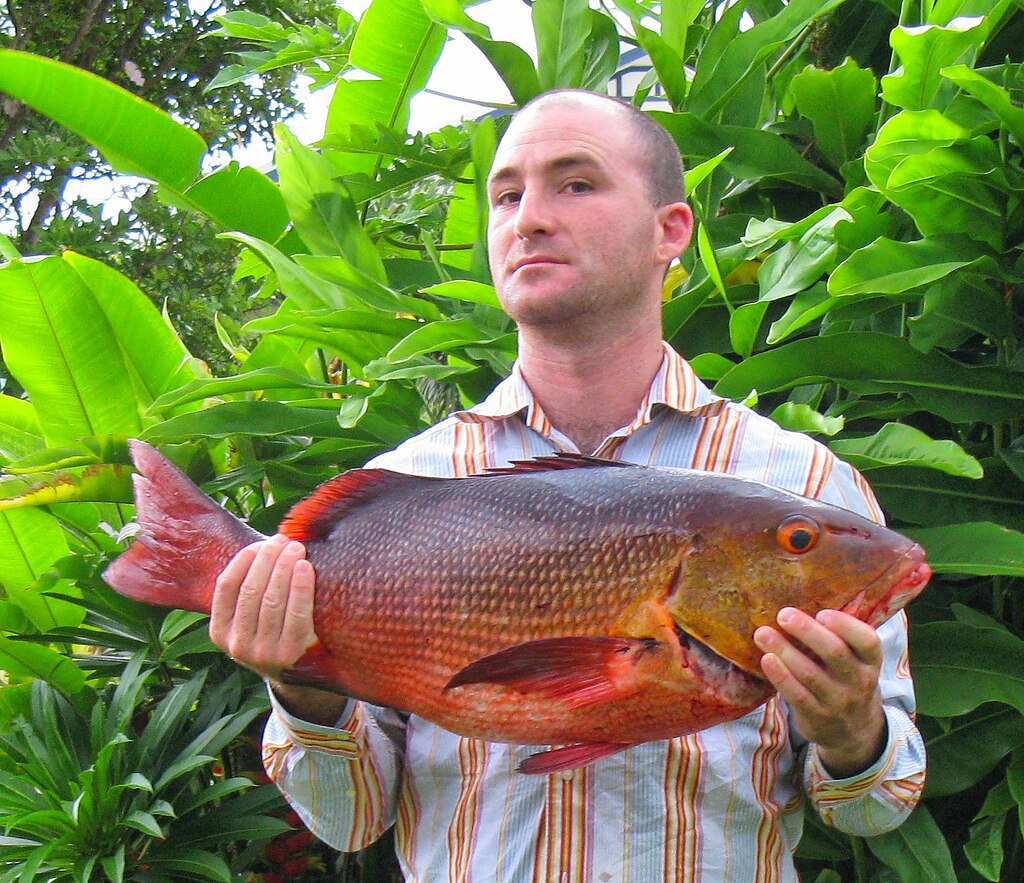











Post Comment